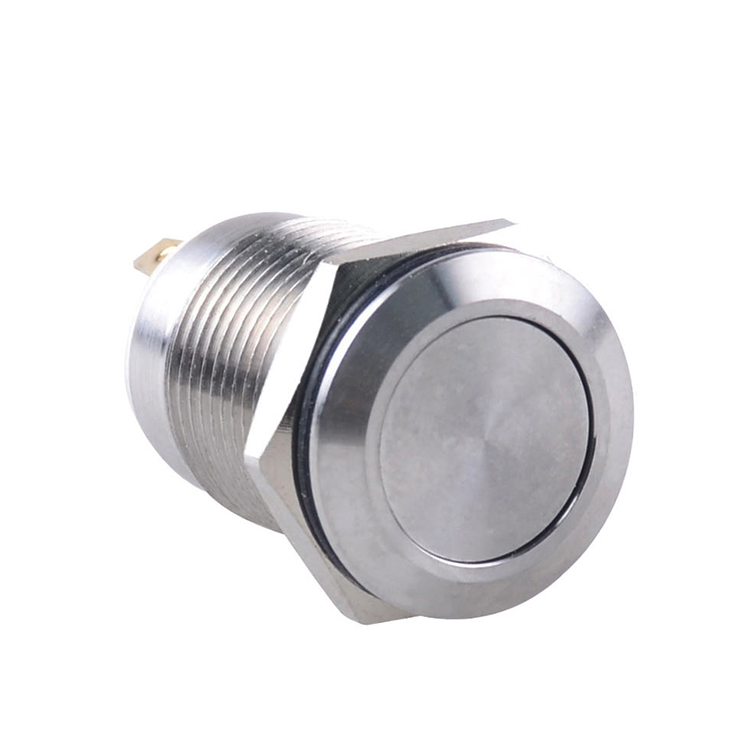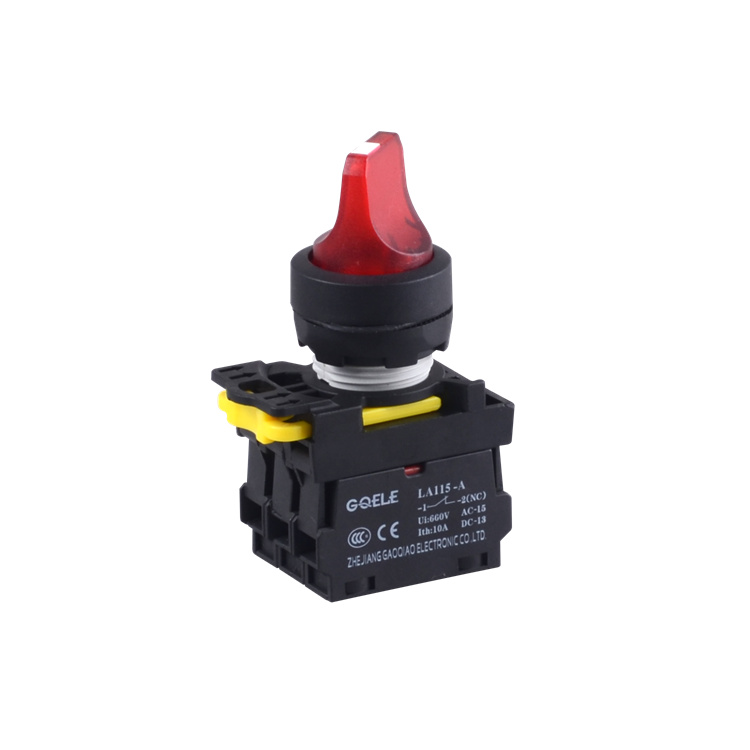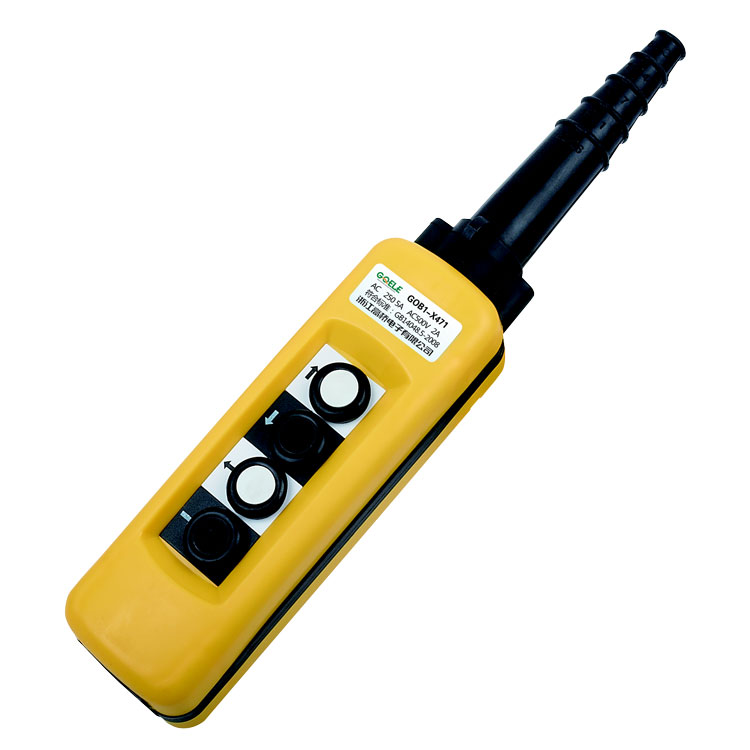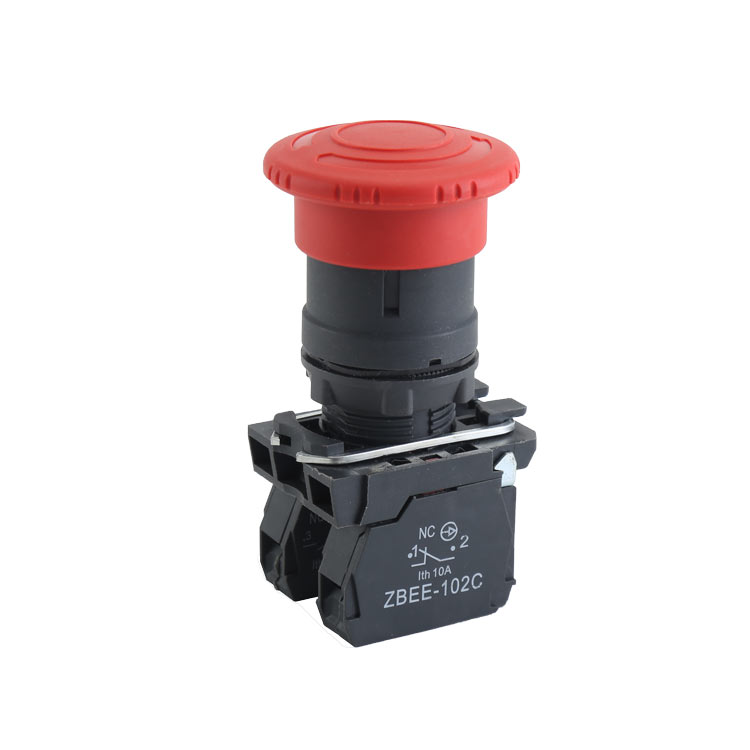
GOB1-X12913

LA115-5-MTD Maintained Illuminated Mushroom Push Button Head With Red Light

LA115-A1-11MD 1NO&1NC Momentary Illuminated Mushroom Push Button Switch With Red Light

LA115-A5-11Y High Quality 1NO+1NC Key Control Maintained 2-Position Keylock Push Button Switch With Round Head

GXB4-BV63

LA115-5-BN Momentary Plastic Round Green Flush Push Button Switch Head Without Light

LA115-B1-11X High Quality 1NO+1NC Maintained 2-Position Selector Push Button With Short Handle And Without Light

GXB2-EW81364 1NO&1NC Greenℜd Double Control Flush Push Button Switch With Marked And Illuminated Head

GL-22HA10-S Metal push button

LA115-N-11D Square/Round push button switch

LA115-A5-11ZTD 1NO&1NC Twist Or Pull Release Illuminated Emergency Stop Push Button With Red Mushroom Shape Head And Symbols

16mm push button switch GL-16F11S/R23-SJ











